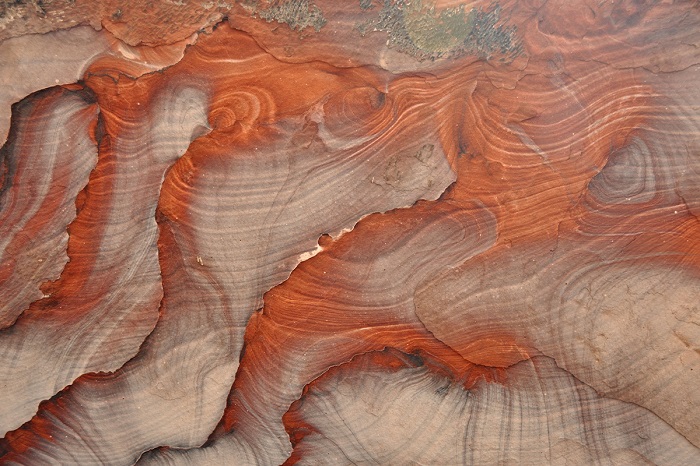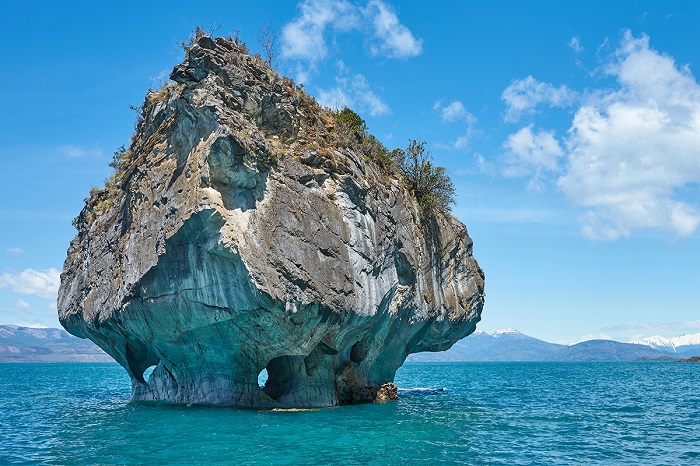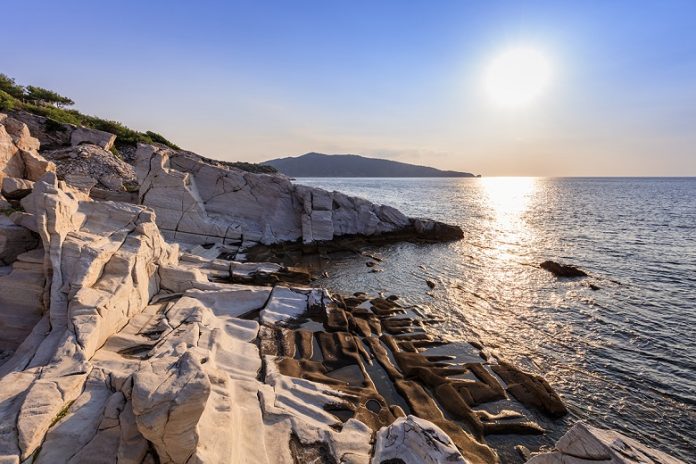Marble, a spectacular natural stone admired for its beauty and used since ancient times for sculptures and constructions, finds its roots in a fascinating geological past. This metamorphic rock derives from limestone, a sedimentary deposit of marine origin.
Over millions of years, limestone rocks undergo processes of metamorphism, where they are subjected to extreme temperatures and pressures deep within the Earth’s crust. These factors transform limestone into marble, giving it its unique crystalline structure and the colorful shades we admire today.
Formation of marble: dance of crystals and minerals
The formation of marble is an intricate dance of crystals and minerals. During the metamorphism process, minerals present in the original limestone recrystallize into a new arrangement, creating the distinctive veins and shades of marble. A key element in this transformation is calcite, a prevalent mineral in limestone, which transforms into larger crystals in marble. This crystalline structure is responsible for the characteristic light reflection that gives marble its luster and timeless charm.

Unique characteristics of marble: beauty and versatility
The timeless beauty of marble is undeniable, but its characteristics go far beyond aesthetic appeal. The stone is known for its ability to reflect light, resulting in a natural brightness that has captivated artists and architects for centuries. The variety of colors and veining present in marble adds a touch of individuality to each piece. In addition to its beauty, marble is also renowned for its durability and resistance to weathering, making it an ideal choice for outdoor monuments and artworks.

Preserving the geological treasure: challenges and care of marble
Despite its incredible beauty and durability, marble requires attention and care to remain in optimal condition. Due to its porous structure, marble is sensitive to water and acids, which can cause stains and damage. Regular cleaning and the application of sealants are essential practices to preserve marble in its original splendor. Efforts to preserve and protect marble are crucial to allow future generations to admire and appreciate these geological wonders.
In conclusion, marble embodies a geological history of transformation and beauty. Its origin in limestone, the complex formation of crystals, and its distinctive characteristics make it a precious stone that continues to inspire and fascinate. Understanding and preserving the geological process behind marble allows us to fully appreciate its timeless beauty and its significance in the history of art and architecture.
Source: www.marmomac.com










































